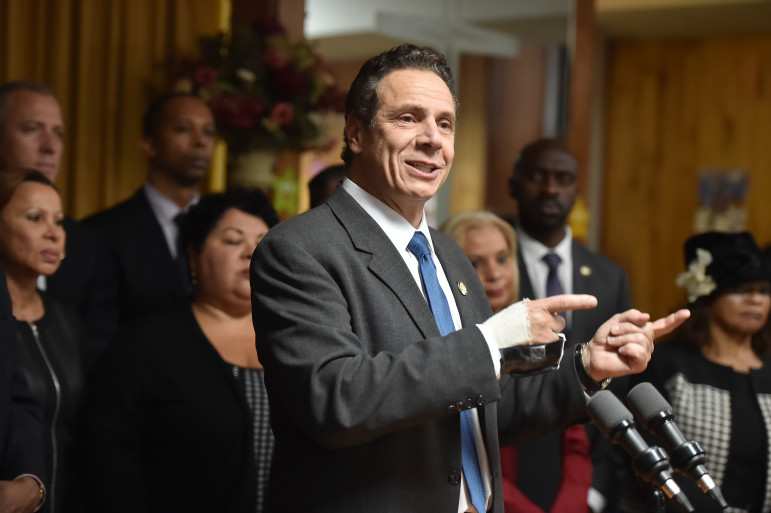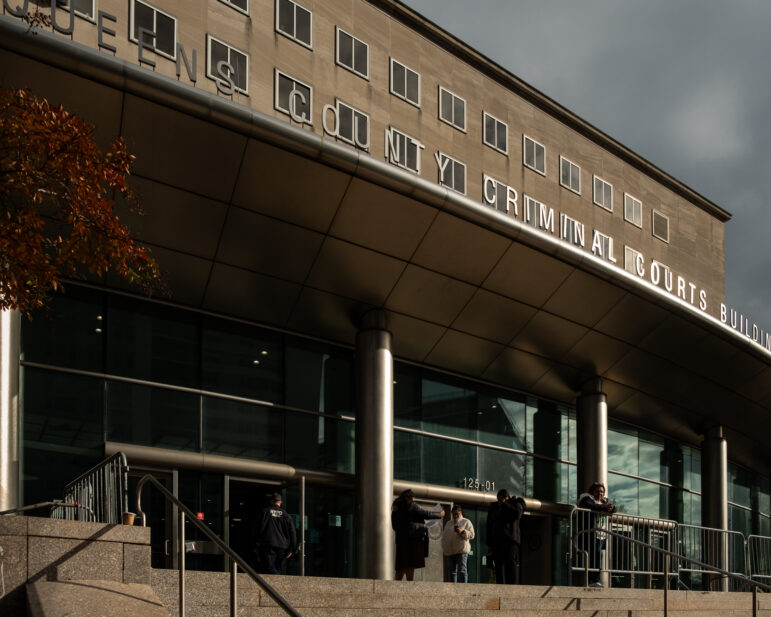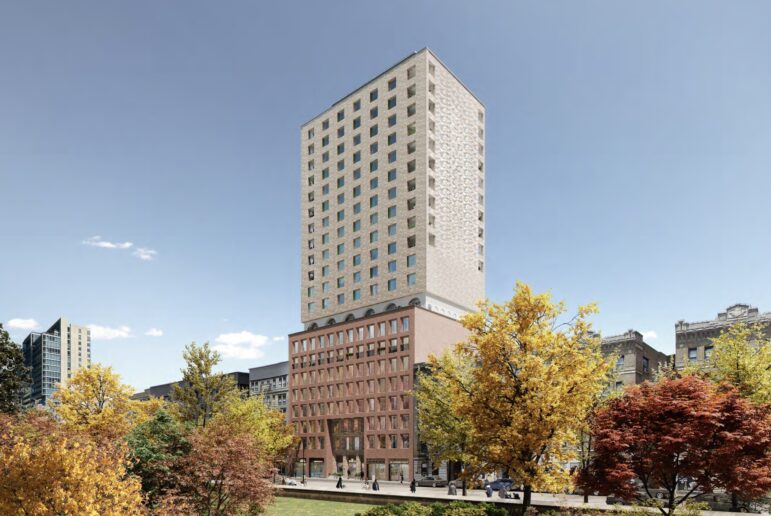
Kevin P. Coughlin/Office of Governor Andrew M. Cuomo
Two years ago 2014, Gov. Cuomo announced a historic plan to end the AIDS epidemic in New York State by 2020, with the goal of reducing the annual number of new HIV infections to just 750 (from an estimated 3,000).
July 3, 1981. The first report of AIDS is released, with some of the first cases occurring in New York.
Over 30 years later, New York has come a long way. The state has eliminated HIV transmission via blood products; virtually ended mother to child HIV transmission; and decreased new HIV diagnoses due to injection drug use by 96 percent since the mid-1990s.
In 2014, Gov. Andrew Cuomo announced a historic plan to end the AIDS epidemic in New York State by 2020, with the goal of reducing the annual number of new HIV infections to just 750 (from an estimated 3,000). There are three critical components to his plan: (1) identifying persons with HIV who remain undiagnosed and linking them to health care; (2) getting diagnosed persons on anti-HIV therapy so they remain healthy and prevent further transmission; and (3) providing access to Pre-Exposure Prophylaxis (PrEP) for high-risk persons to keep them HIV negative. He then convened a taskforce of experts to develop a blueprint for making these goals a reality.
On World AIDS Day in December, Gov. Cuomo took another bold step, committing an additional $200 million in new funding toward fueling vital programs, services and reforms to implement the blueprint. The blueprint and the governor’s funding commitment have solidified New York State as a leader in the national and global effort to end the HIV and AIDS epidemic.
Cuomo has provided leadership at the top levels of government that had been absent for too long. But we must do more than support his efforts. We must come together as New Yorkers to help ensure that the funding needed to finally end this epidemic is actually made possible in the 2016-2017 state budget.
$200 million dollars could begin the process of removing barriers to treatment and prevention so that all New Yorkers can benefit equally from modern advances. These additional funds could create a much-needed single point of access to essential benefits and services for all income-eligible persons with HIV statewide, provide grants for comprehensive age-appropriate sexual health education statewide, and expand housing services for those living with HIV and AIDS.
This wise investment to end the HIV and AIDS epidemic in New York will save lives and billions of dollars in avoided health care costs. Treatment Action Group (TAG) and Housing Works released an analysis in April 2015 revealing that proposed new investments in the state’s HIV response could generate as much as $6.8 billion in Medicaid savings and $120 million in savings in New York City shelter costs. The projected reduction in public spending would be more than twice the cost of expanding HIV treatment and housing supports.
Ending AIDS is something that could have never been imagined when Gay Men’s Health Crisis (GMHC) was founded in Larry Kramer’s living room in 1981. More than 30 years later, the sense of urgency surrounding HIV and AIDS does not seem as prevalent as it was in the 1980s.
This should not be the case. Despite years of progress, and even with the governor’s leadership, the number of new infections nationwide remains stuck at 50,000 a year. If New York is going to reach its goal of ending the epidemic by 2020, there must be a sense of urgency to fund the Governor’s plan this year.
No longer can we let funding scarcities or complacency stand in the way of furthering the progress we have made since 1981.
Kelsey Louie is the CEO of Gay Men’s Health Crisis (GMHC) and Corey Johnson is a New York City Council Member and Chair of the Council’s Committee on Health. GMHC is located within the Council Member’s district.







